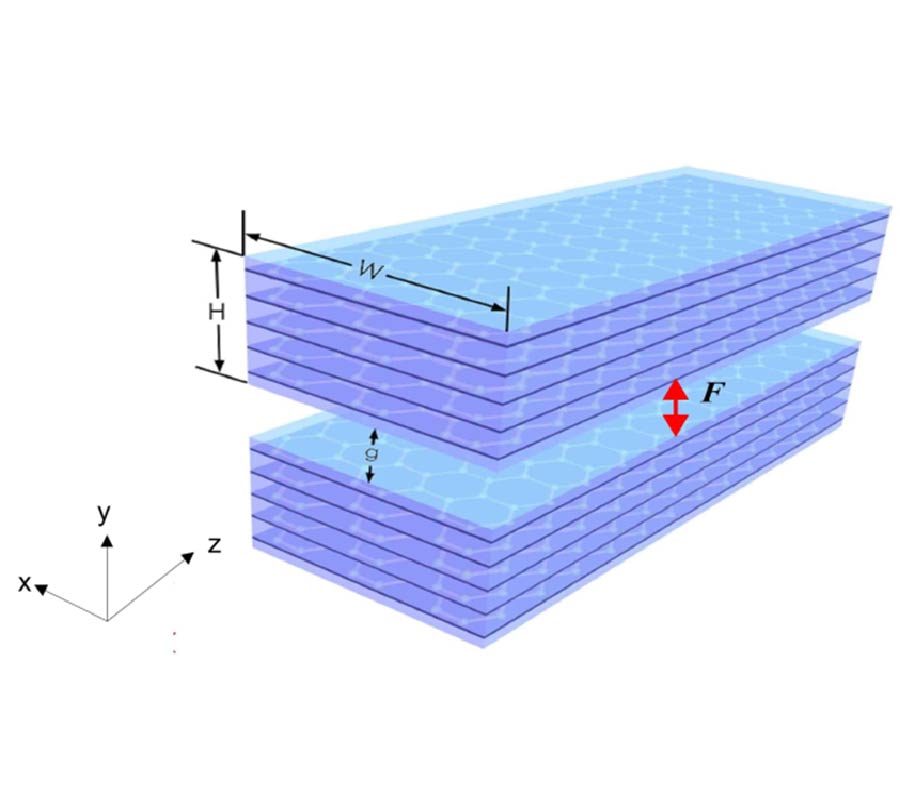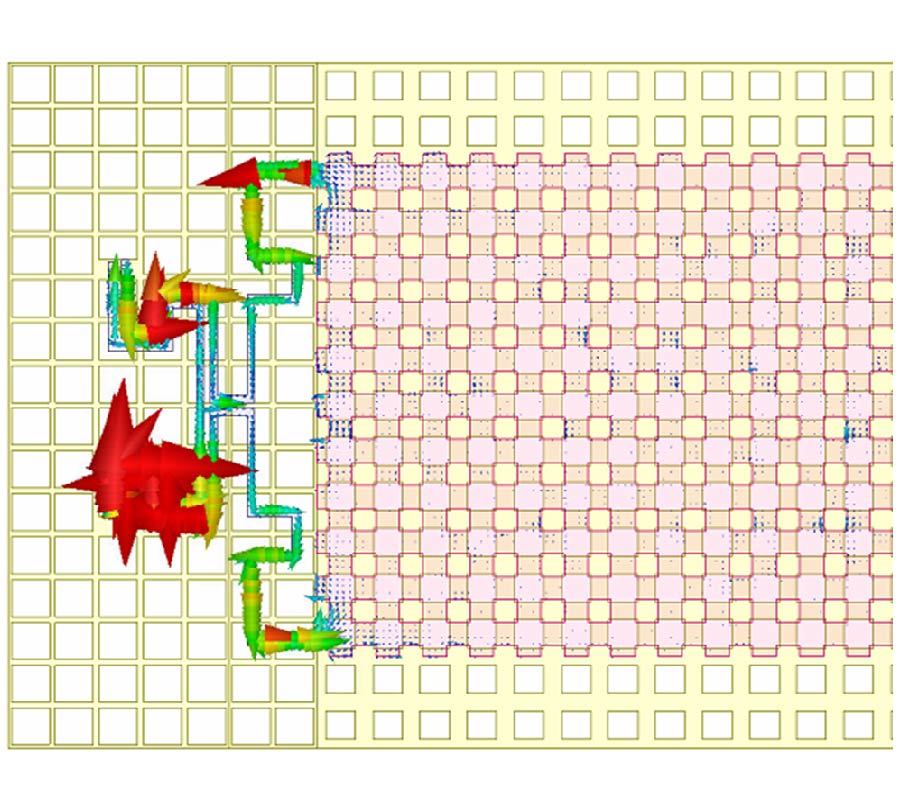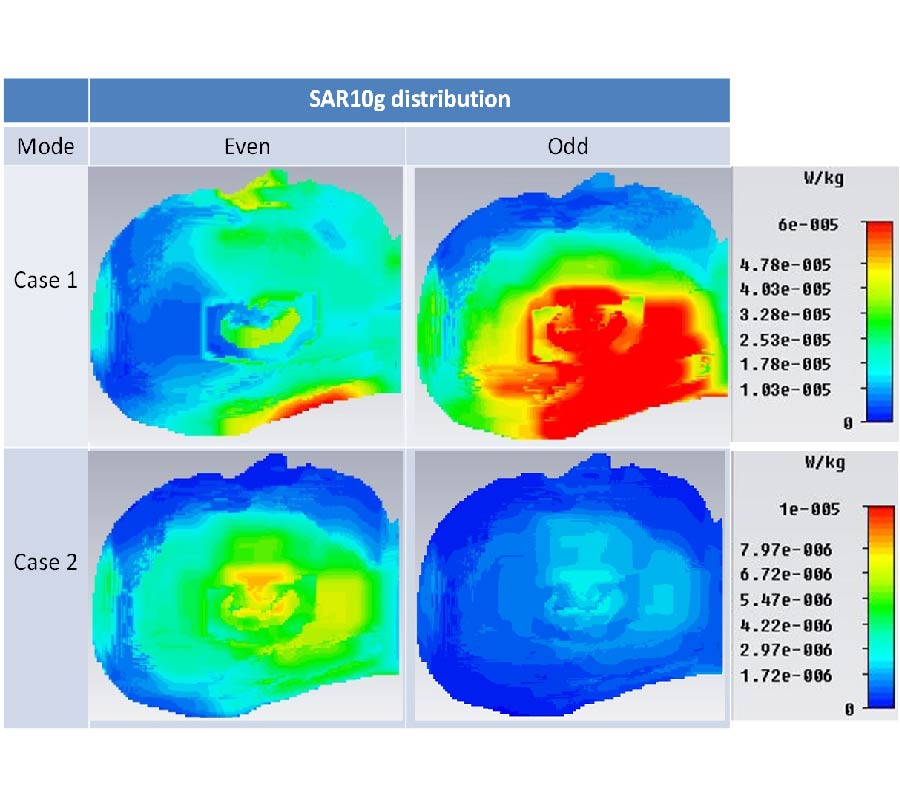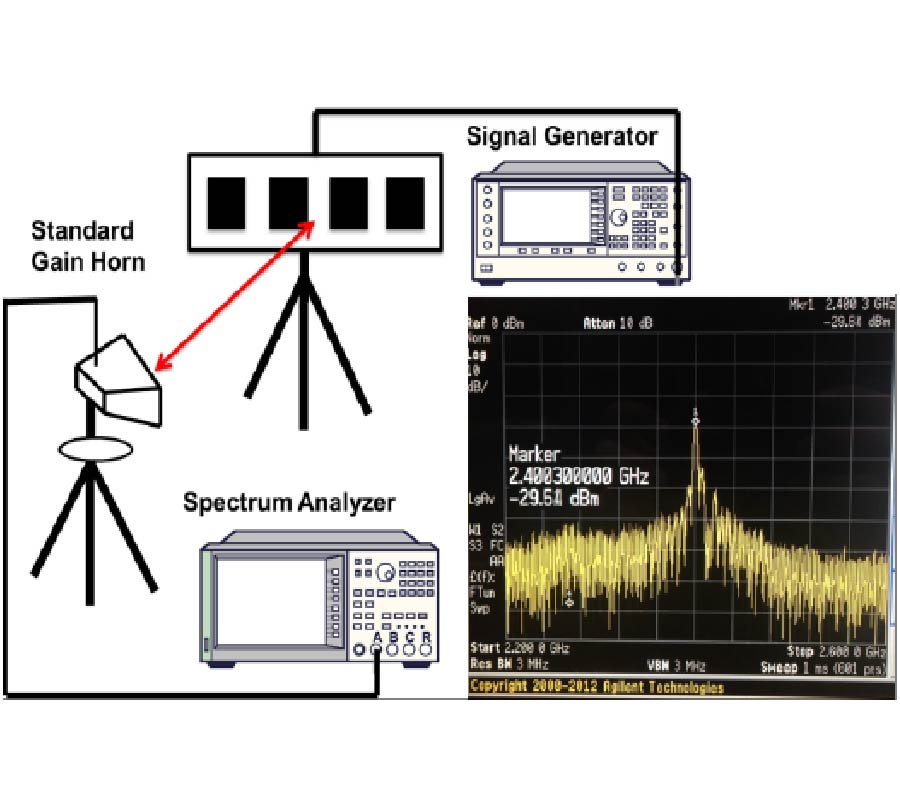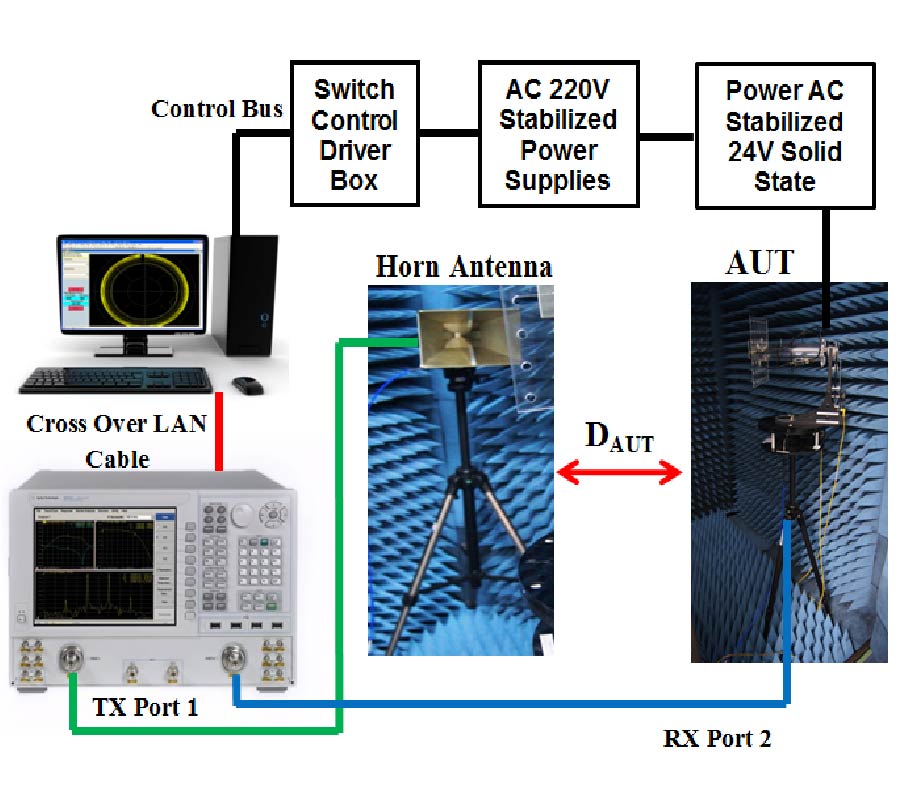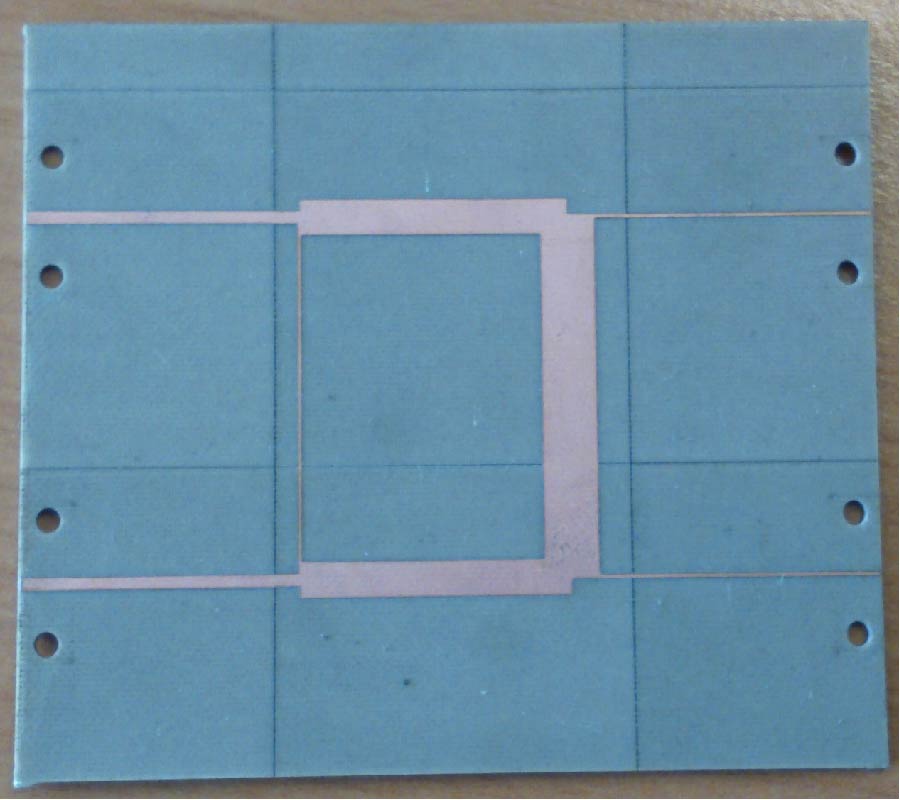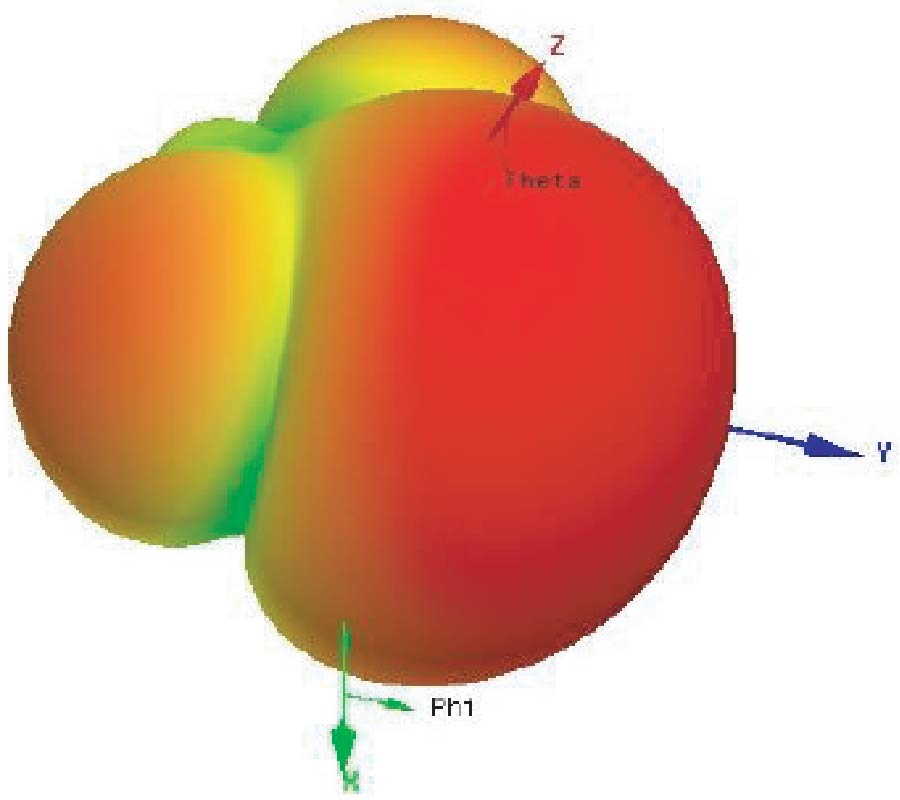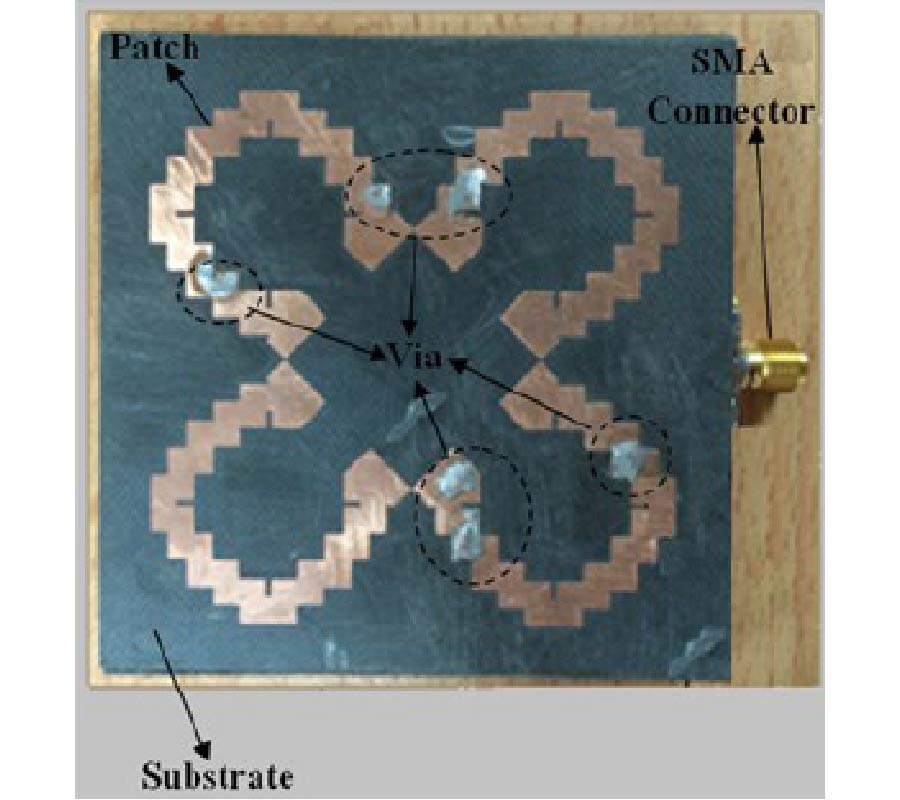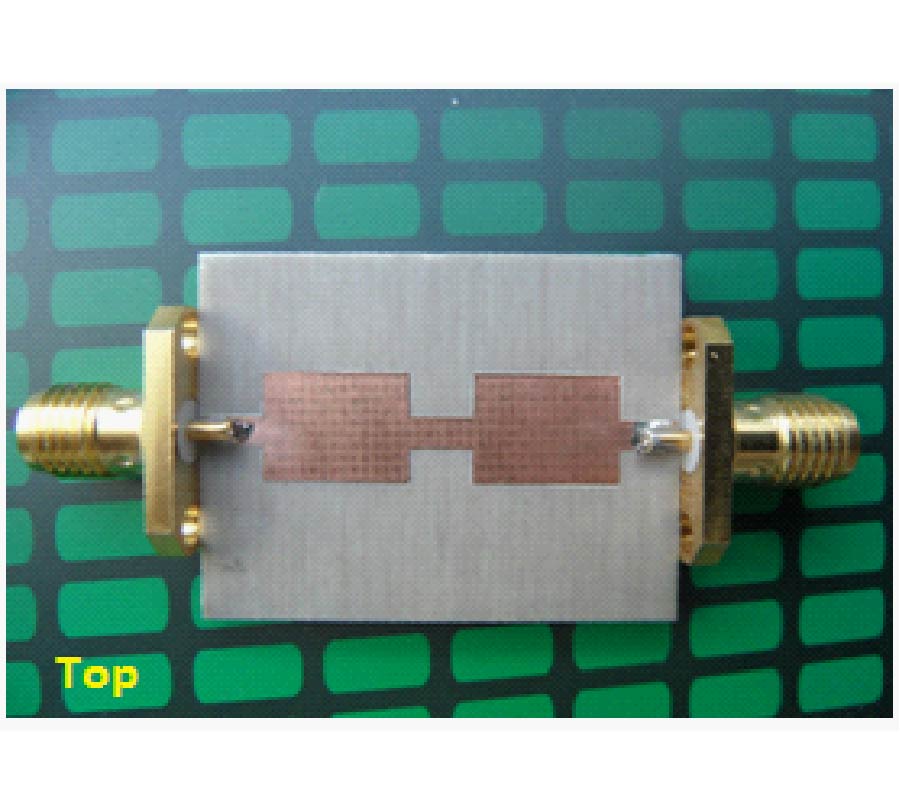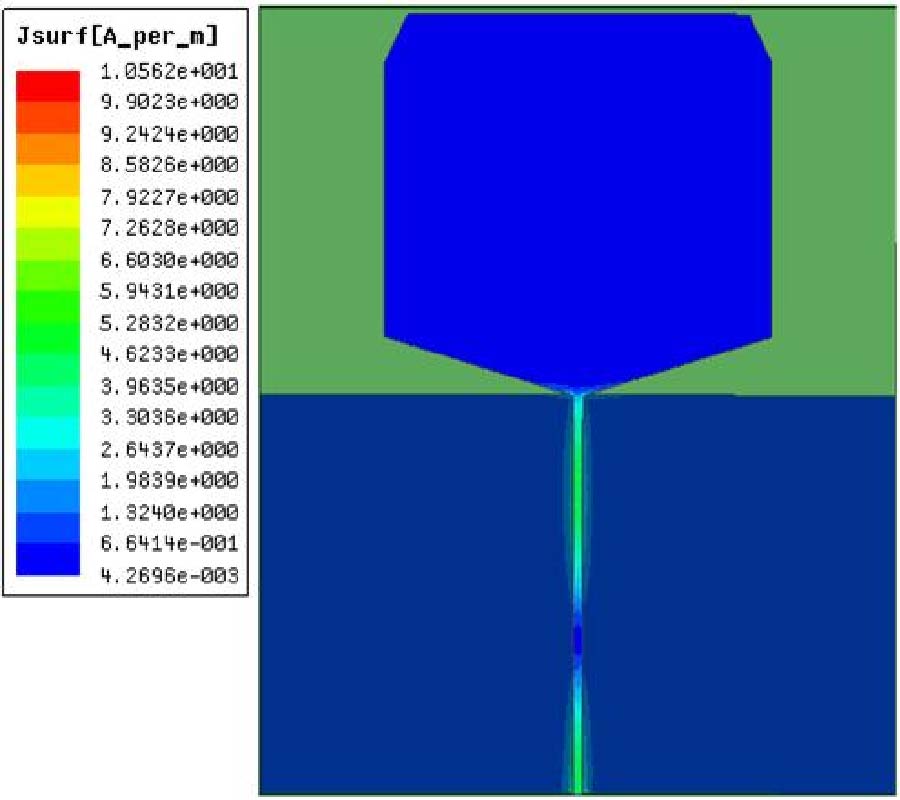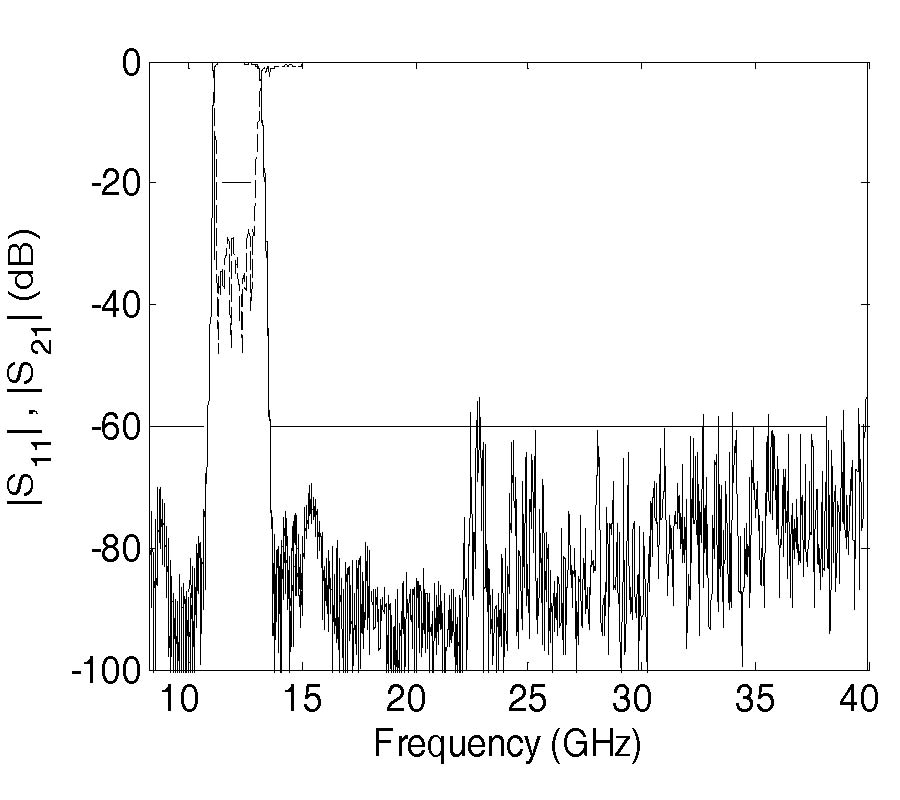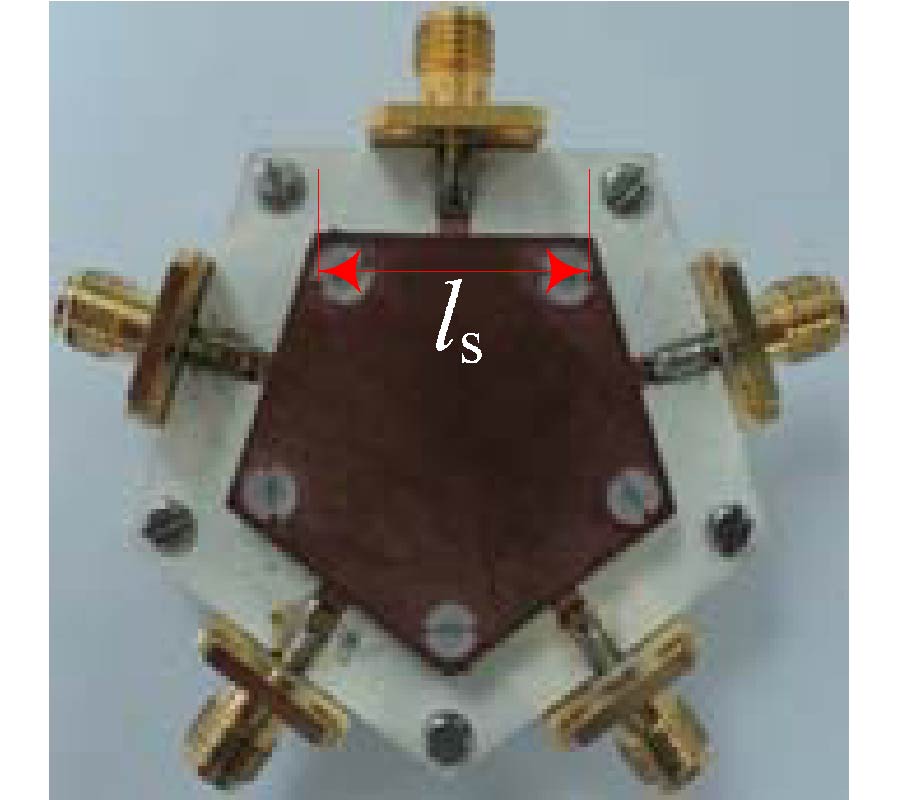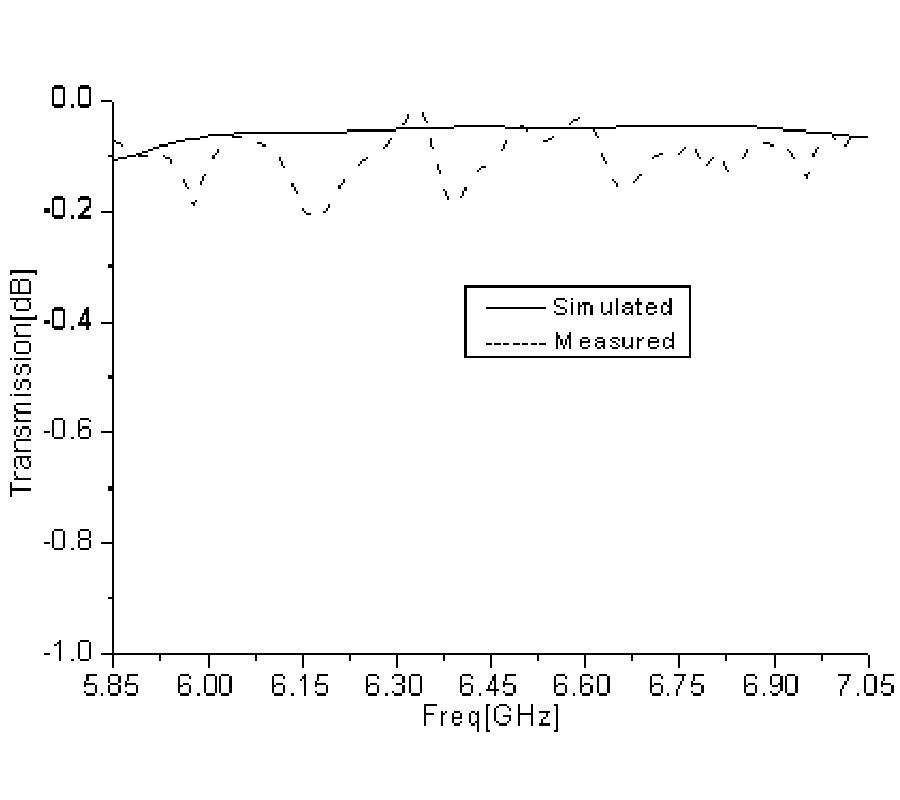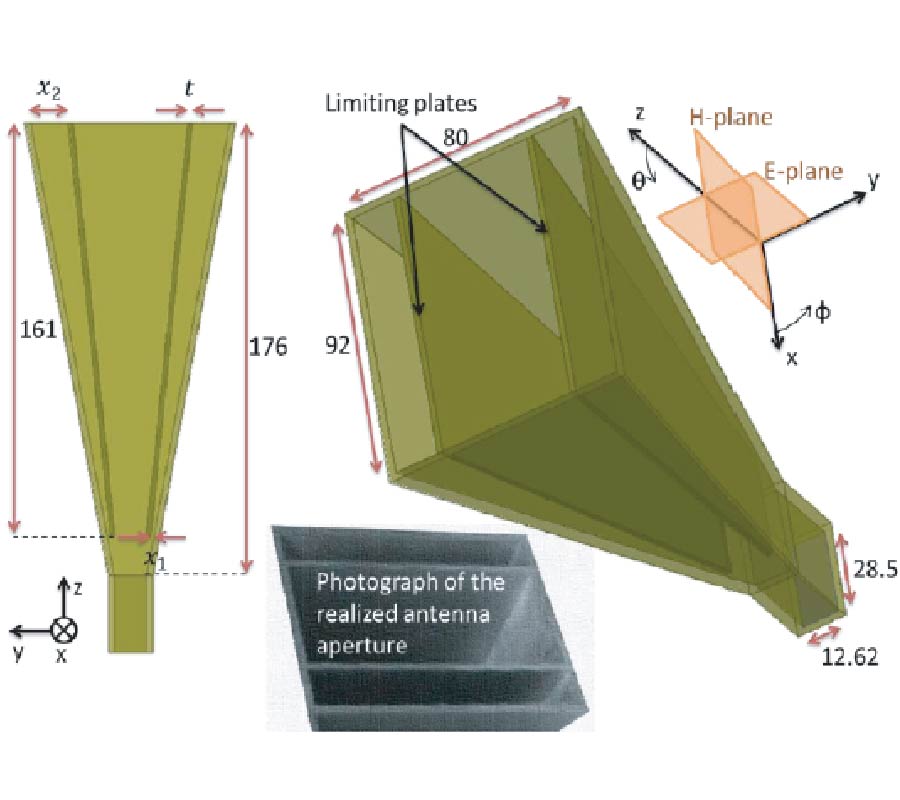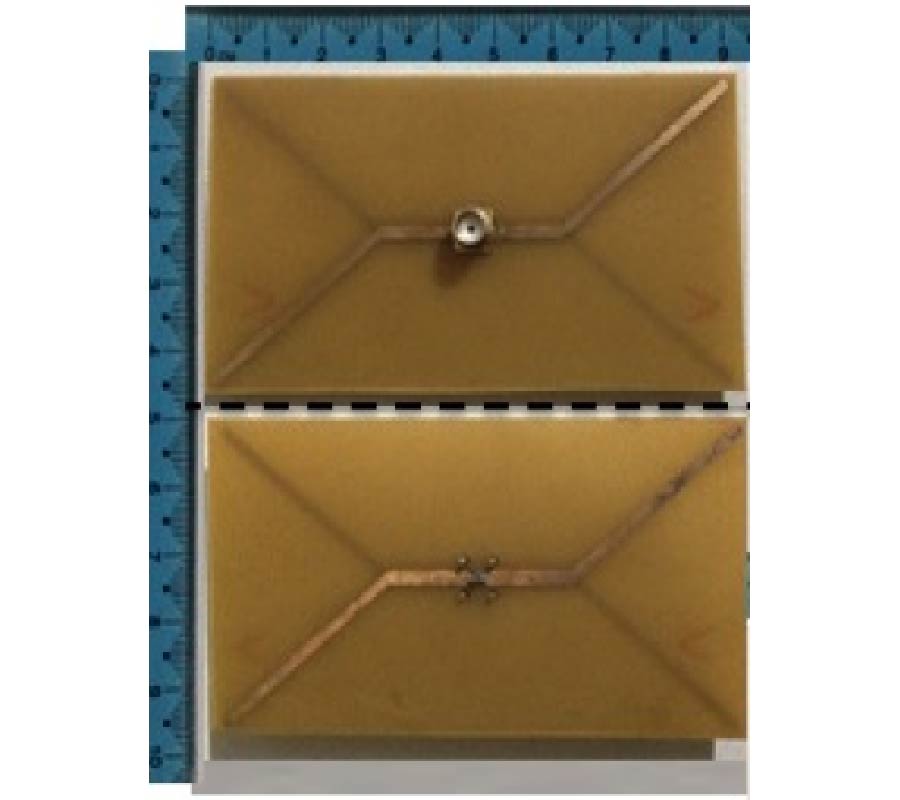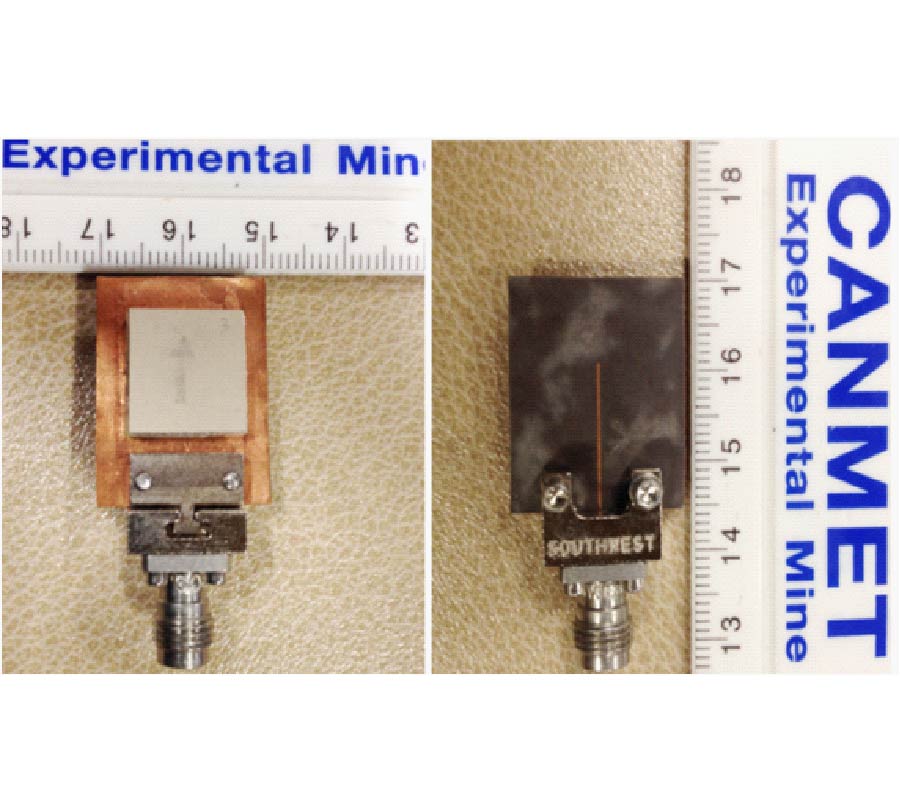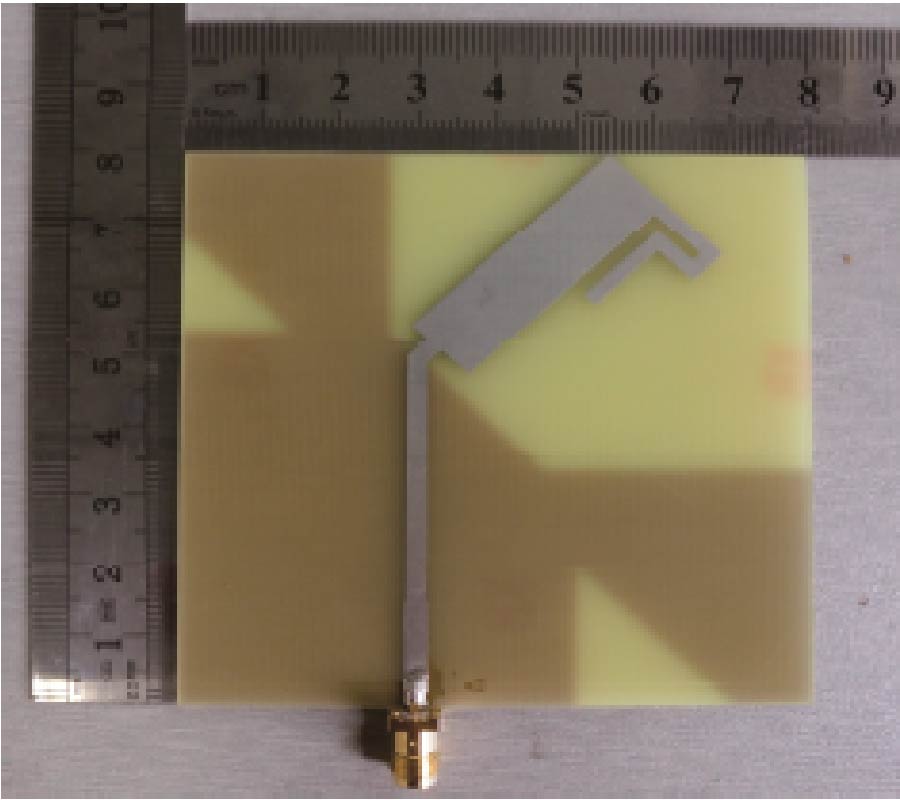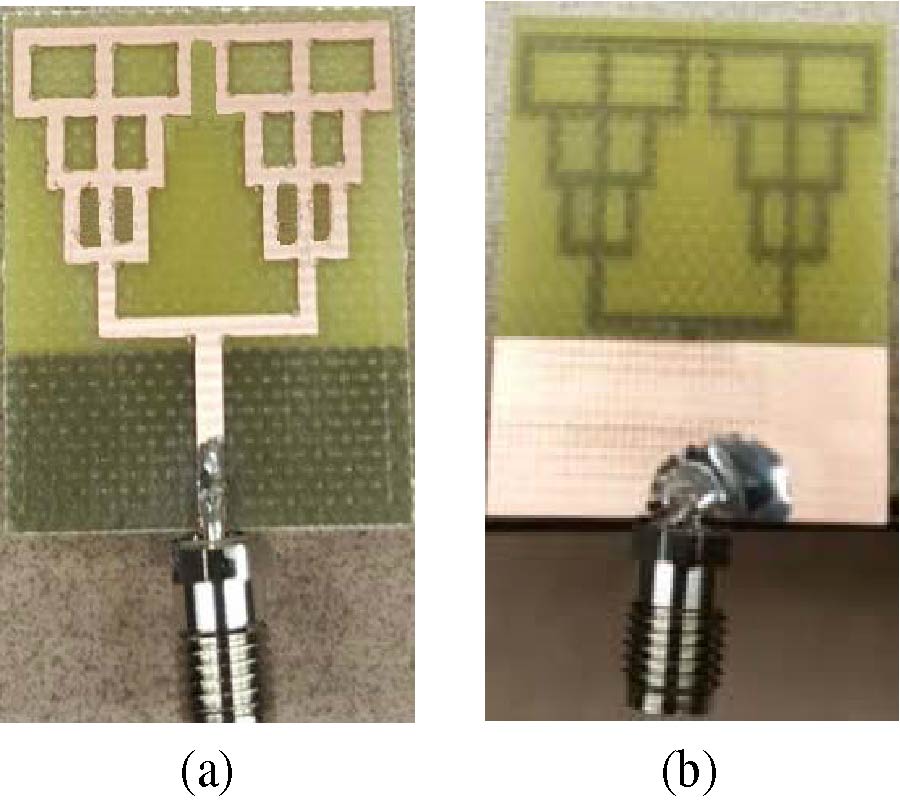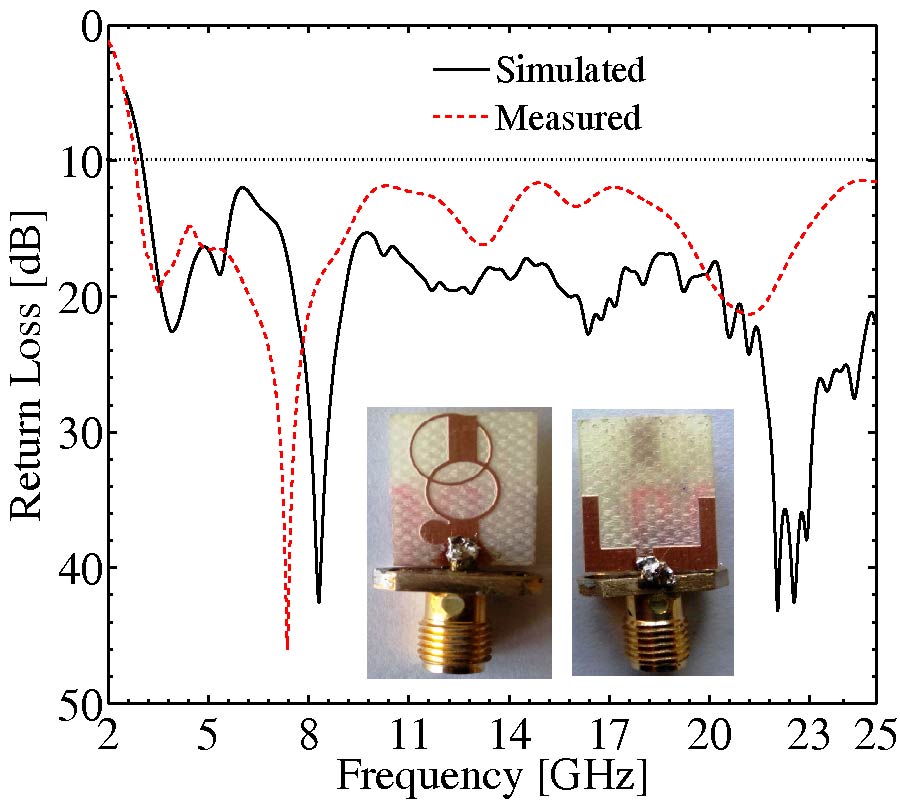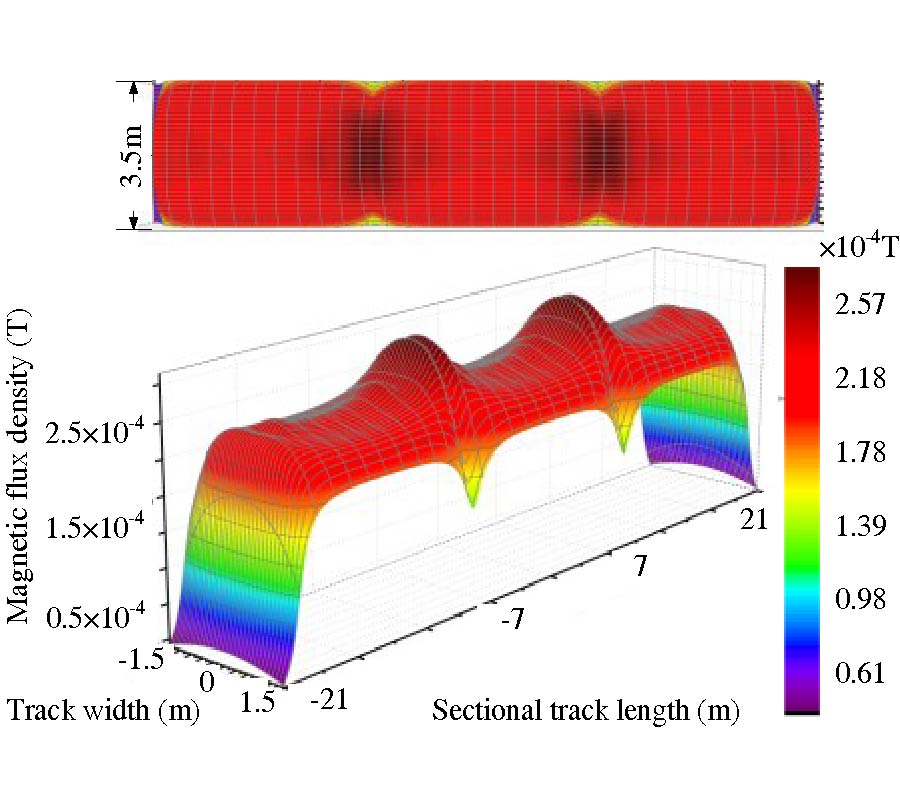Enhanced Five-Port Ring Circuit Reflectometer for Synthetic Breast Tissue Dielectric Determination
Chia Yew Lee,
You Kok Yeow,
Tian Swee Tan,
Yi Lung Then,
Yeng Seng Lee,
Liyana Zahid,
Wai Leong Lim and
Chia Hau Lee
In this study, a Six-port Reflectometer (SPR) with dielectric probe sensor is used to predict relative dielectric, εrof normal and tumorous breast tissue in frequency range from 2.34\,GHz to 3.0 GHz. Other than that, a superstrate with an exterior copper layer is overlaid on the surface of a primitive Five-port Ring Circuit (FPRC), which is also a denominated, enhanced superstrate FPRC. It is the main component of the SPR and is presented in this paper as well. The enhanced superstrate FPRC is capable of improving its operating bandwidth by 26{\%} and shifting the operating centre frequency to a lower value without increasing circuit physical size. The detailed design and characteristics of the FPRC are described here. In addition, the enhanced superstrate FPRC is integrated into the SPR for one-port reflection coefficient measurement. The measurement using the SPR is benchmarked with Agilent's E5071C Vector Network Analyzer (VNA) for one-port reflection coefficient. Maximum absolute mean error of the linear magnitude and phase measurements are recorded to be 0.03 and 5.50°, respectively. In addition, maximum absolute error of the predicted dielectric and loss factor are 1.77 and 0.61, respectively.
